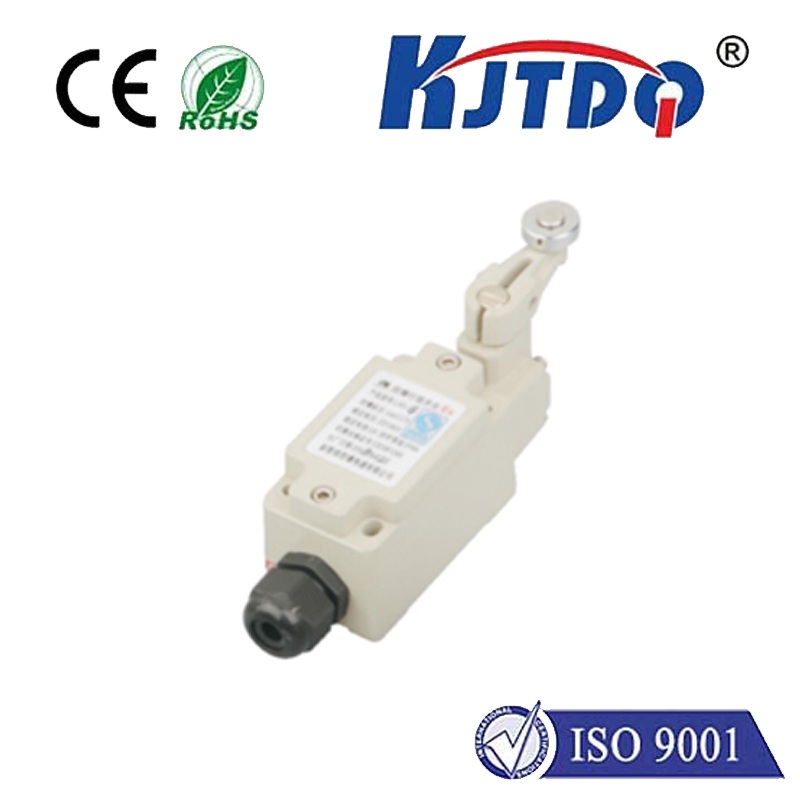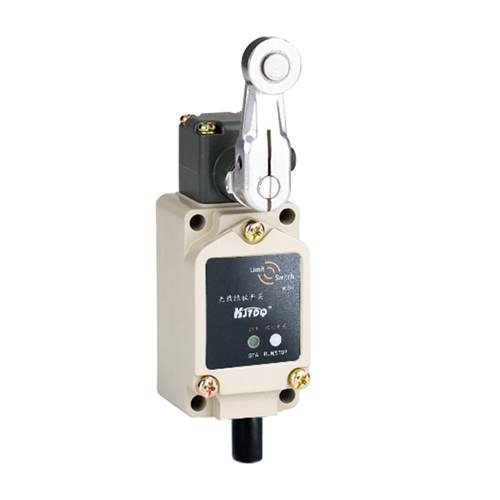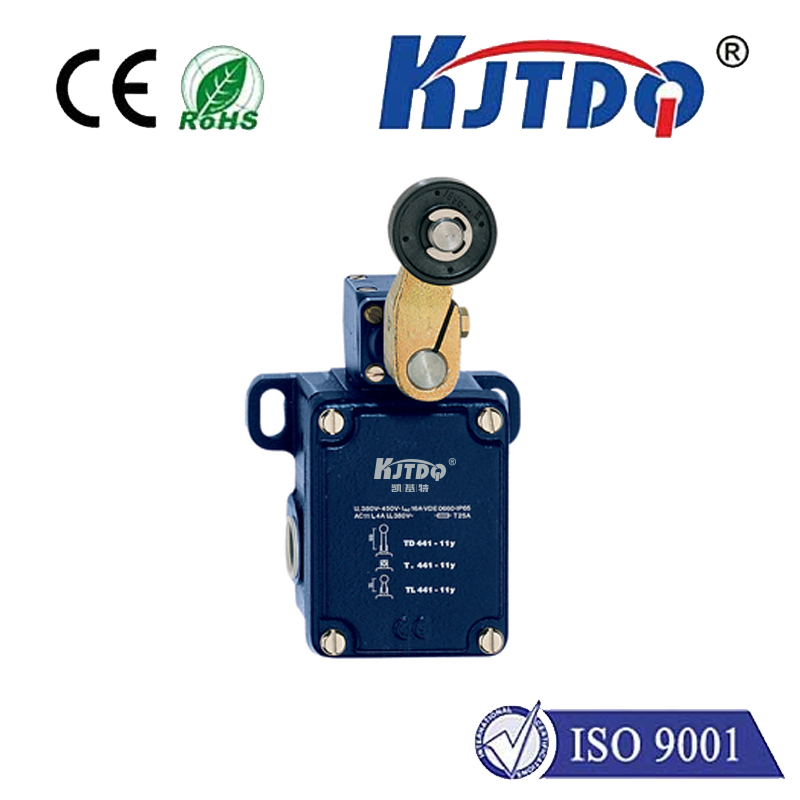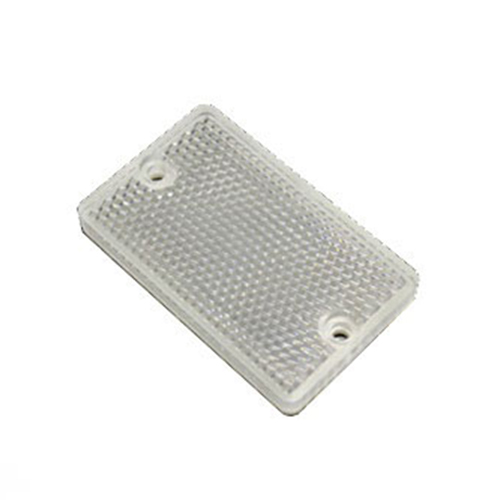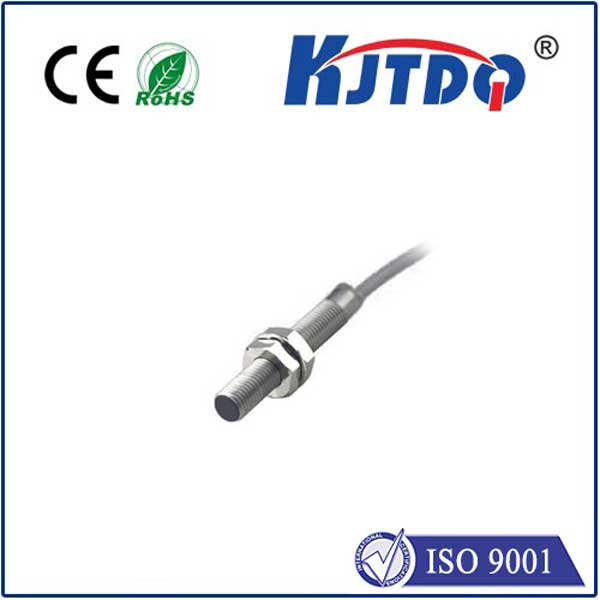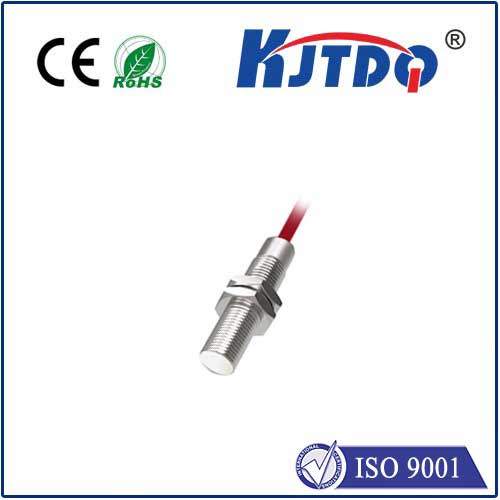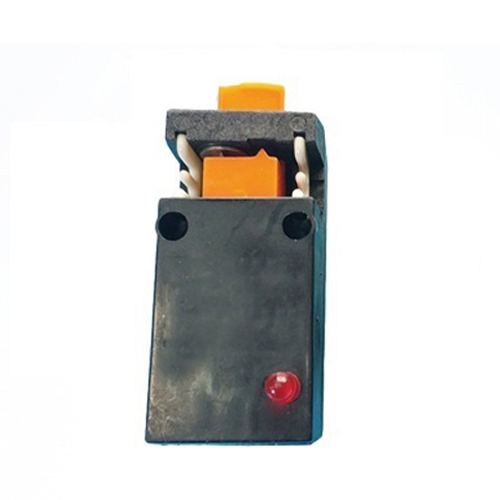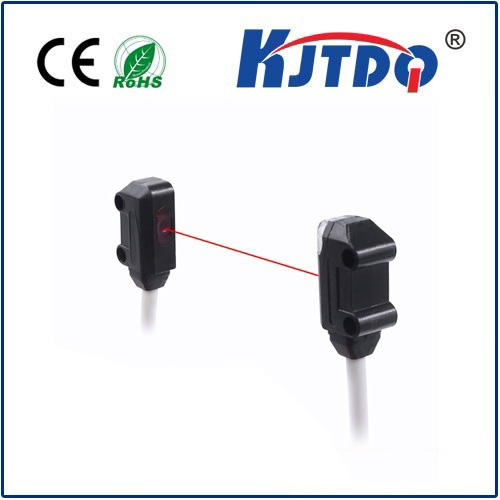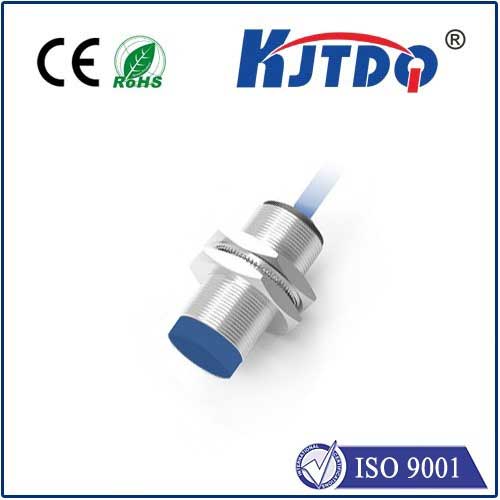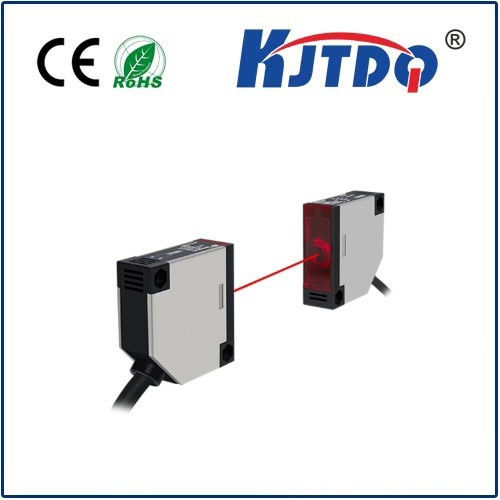E3H2-DS10B4M-M1-N reflective proximity sensor
- time:2025-10-09 13:07:29
- Click:0
E3H2-DS10B4M-M1-N: The Compact Powerhouse for Precise Reflective Object Detection
Imagine a high-speed packaging line where products zip along a conveyor. Ensuring a bottle is upright before capping, detecting a missing label, or confirming a box flap is folded correctly – these critical checks happen in milliseconds. Failures mean downtime, waste, and lost revenue. At the heart of reliably executing these tasks, often unseen but vitally important, sits the E3H2-DS10B4M-M1-N reflective proximity sensor. This specific sensor model represents a pinnacle of compact, reliable sensing technology designed for demanding industrial automation environments.
Understanding the Name: Breaking Down E3H2-DS10B4M-M1-N
The model name isn’t random; it’s a code detailing its key characteristics:
- E3H2: Indicates the sensor series, defining its core form factor, electronics platform, and general capabilities within Omron’s expansive lineup.
- DS10B4M: The critical part specifying the sensing characteristics.
DS: Signifies a Diffuse Reflective type sensor.10: Denotes the standard sensing distance. Here, it’s 10mm.B4M: Specifies the type of background suppression or specific optical characteristics. The “B” often relates to advanced background suppression features designed for superior reliability.- M1: Defines the output configuration. Typically:
M: Often indicates NPN output logic.1: Usually signifies a Normally Open (NO) output configuration.- N: Frequently denotes the connection type, usually specifying a pre-wired cable (often 2m standard) with specific conductor colors.
Therefore, the E3H2-DS10B4M-M1-N is a 10mm sensing distance diffuse reflective proximity sensor with background suppression (B4M), featuring an NPN Normally Open (NO) output, delivered with a pre-wired cable. This precise configuration makes it highly suitable for specific automation challenges.
How Does This Reflective Sensor Work? Unpacking Diffuse Reflection

Unlike through-beam sensors requiring separate emitter and receiver units, or retro-reflective types needing a reflector, the E3H2-DS10B4M-M1-N operates entirely within its compact housing. Here’s the principle:
- Integrated Emitter: An internal infrared LED emits a beam of light.
- Target Reflection: This light beam travels outward and strikes any object within its field of view.
- Integrated Receiver: Reflected light from the object is captured by a phototransistor or photodiode receiver located within the same sensor housing.
- Signal Processing: The sensor’s internal circuitry evaluates the intensity of the reflected light.
- Output Trigger: If the received light intensity exceeds a preset threshold (adjusted via built-in potentiometers or teach-in functions), it signifies the presence of a target object. The sensor then activates its NPN Normally Open output, providing a switching signal.
The “B4M” Advantage: Background Suppression - Why it Matters
Standard diffuse sensors can be fooled by objects beyond the intended sensing distance or by background surfaces. This is where the B4M designation shines. It implies sophisticated optical design and electronics (like triangulation principles or advanced thresholding) that allow the sensor to discriminate targets at the precise set distance (approx. 10mm) while effectively ignoring more distant objects or the background.
- Impact: This drastically reduces false triggers. For instance, on a conveyor, it reliably detects a product passing by 10mm away but ignores the metal conveyor bed or another product further behind it, ensuring detection accuracy where it counts.
Key Features & Benefits: Why Choose the E3H2-DS10B4M-M1-N?
- Precise 10mm Sensing: Optimized for detecting small objects or verifying presence/absence at very close ranges common in assembly, packaging, and electronics manufacturing.
- Advanced Background Suppression (B4M): The cornerstone of its reliability, ensuring detection only within the intended zone, minimizing errors due to environmental clutter or varying backgrounds.
- Compact Size: The E3H2 form factor is inherently small, enabling installation in tight spaces where larger sensors simply won’t fit. This is crucial in modern, dense machinery.
- Robust Industrial Design: Built to withstand harsh factory environments – resistant to vibration, common industrial chemicals, and electrical noise. Features robust IP67-rated enclosures for protection against dust and water jets.
- Flexible Teach-In/Modes: Typically includes easy adjustment methods (like push-button teach-in or potentiometer) for setting sensitivity and operating modes (Light-On/Dark-On), simplifying setup and adaptation to different target materials or colors.
- Reliable Switching Output: The NPN Normally Open (NO) configuration is standard and widely compatible with PLCs (Programmable Logic Controllers), counters, and other control devices.
- Pre-wired Convenience (N): The included cable saves installation time and ensures consistent, reliable connections compared to sensors requiring separate connector assembly.
Critical Applications: Where This Sensor Excels
The E3H2-DS10B4M-M1-N excels in scenarios demanding precision close-range detection with immunity to background interference:
- Packaging Machinery: Detecting labels, flaps, filled levels in small containers, product presence/absence on high-speed lines, verifying cap placement.
- Small Parts Assembly: Verifying component placement on PCBs, detecting tiny screws or inserts, confirming actuator positions.
- Conveyor Systems: Precisely detecting small items, counting passing objects, triggering downstream processes at a specific point.
- Robotics: End-of-arm tooling presence detection, verifying gripper closure, part-in-place confirmation.
- Printing & Paper Handling: Sensing paper edge, detecting double sheets, jam detection.
- Textile Machinery: Thread break detection, selvage control, package presence on winders.
Selecting and Implementing Effectively
While the E3H2-DS10B4M-M1-N is versatile, success depends on proper selection and setup:
- Target Material & Color: Diffuse sensors are generally good with most materials, but highly reflective or very dark targets may require special consideration or different sensor types. The B4M technology helps, but understanding target reflectance is key. Always verify performance with the actual target.
- Target Size & Shape: Ensure the target is large enough to reflect sufficient light back to the sensor at 10mm. Small, irregularly shaped, or highly angled surfaces can be challenging.
- Mounting: Securely mount the sensor on stable surfaces to prevent misalignment causing detection failures. Ensure the target passes consistently within the sensing beam at the set distance. Avoid mounting near strong ambient light sources that could overpower the sensor’s LED.
- Environmental Factors: While robust, excessive dust, steam, or heavy splashing exceeding IP67 might require specialized sensors or protective shields. Consider operating temperature ranges.
- Electrical Connections: Ensure correct wiring according to the datasheet – connect the NPN NO output correctly to your PLC input module or controller, respecting voltage levels (typically 10-30V DC) and polarity. Proper grounding is essential.
The Indispensable Role of Precise Sensing
In the relentless pursuit of efficiency, quality, and uptime in modern manufacturing and automation, sensors are the silent sentinels. They provide the essential data points that control systems rely on to make intelligent decisions. The E3H2-DS10B4M-M1-N reflective proximity sensor, with






